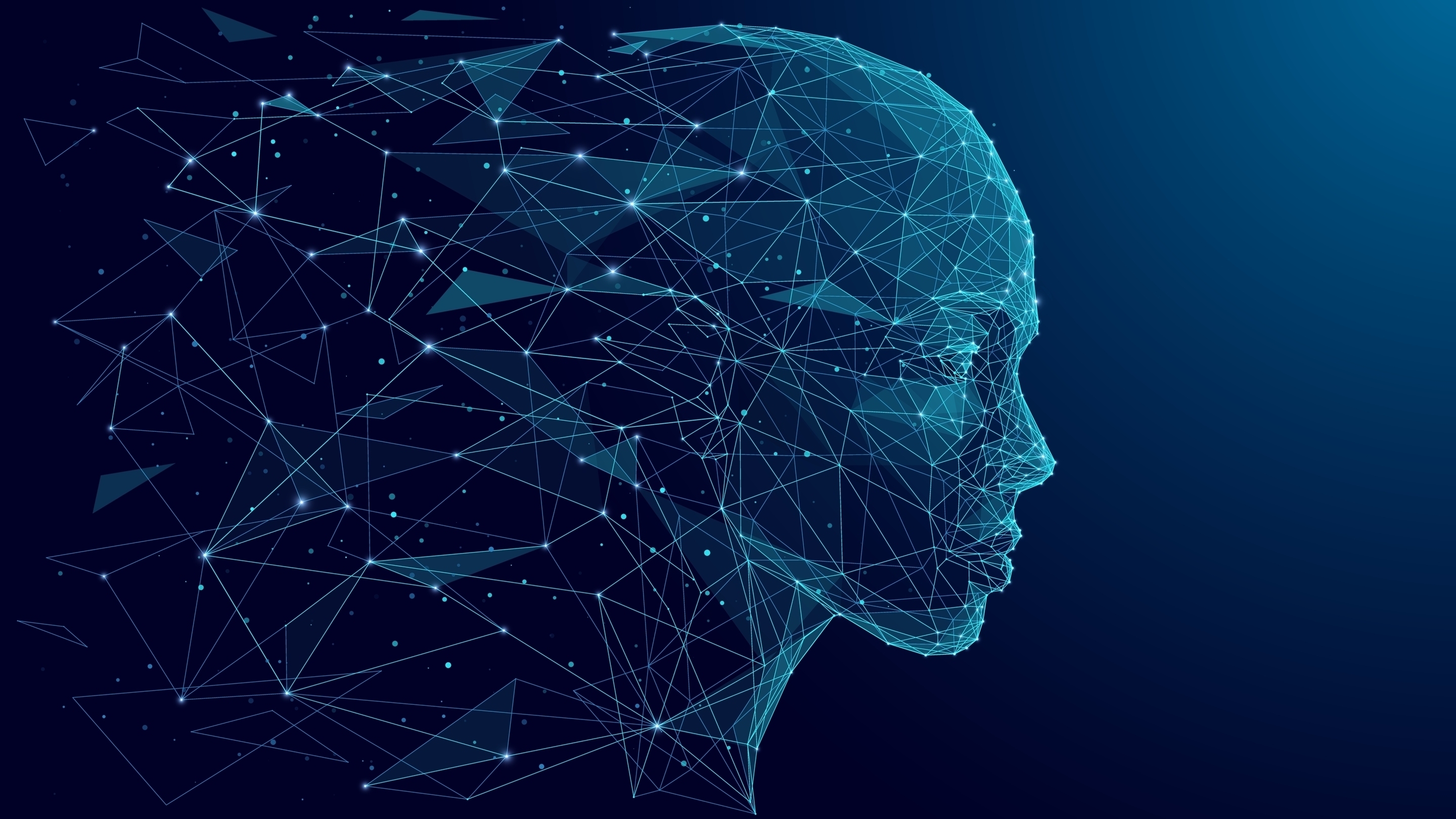Facial recognition AI meets live music – how Massive Attack made surveillance impossible to ignore

Last weekend, concertgoers at a Massive Attack show got more than an earful of the band on stage; they saw their own faces and names projected on the stage’s big screen.
Some people looked shocked and confused while others were eager to document the moment on their phones. In the video posted on X, it’s interesting to watch as the people start to realize their names matching their faces in real time with facial recognition software.
The stunt was jarring and deliberate, but that was the point. Artistic, sure, but it was more of a wake-up call about AI tools beyond ChatGPT.
As someone who embraces cutting edge tech and AI in my life, here’s why this event is something I think we should pay attention to and what it means for our privacy.
Facial recognition is more prevelant
Facial recognition is already nearly everywhere, from the shops we frequent to airports and stadiums. But most of the time, it’s invisible to us. We passively exist along with the AI technology.
But what Massive Attack did was strip away that invisibility to highlight how surveillance is prevalent even when we aren’t actively acknowledging it. The band’s point was that perhaps we should.
In the U.K., police forces are expanding their use of live facial recognition technology, including mobile units deployed in vans to identify individuals of interest in public spaces. While these systems are often used in targeted operations, they have raised concerns about privacy, accuracy and the potential for overreach.
In the U.S., companies like Clearview AI have built extensive facial recognition databases by collecting billions of publicly available images from social media and the web. These tools have been offered to law enforcement agencies for investigative use, prompting legal and ethical scrutiny.
In many cases, individuals may not be clearly informed when facial recognition technology is in use, and options to opt out or withhold biometric data are limited or nonexistent, particularly in public settings where consent is not typically required.
Understanding how AI is intergrated into our lives
Facial recognition is powered by AI. And like all AI systems, it’s trained on data — in this case with facial recognition, your own. That means, your face, your behavior and your patterns.
For example, you may love the convenience of unlocking your phone with Face ID, but some are less likely to appreciate it when the same tech is used to scan a crowd or flag certain behavior.
That’s the point of Massive Attack’s performance. They didn’t warn the audience. They didn’t ask for consent. They just did it; like any company or agency might.
And people shrugged. Laughed. Took selfies.
The takeaway
Facial recognition is expanding beyond our personal screens and security checkpoints. The AI technology is becoming more integrated into everyday life. As the tech evolves, it could influence how people are identified, how data is collected and how organizations interact with individuals in both public and private spaces.
Follow Tom’s Guide on Google News and add us as a preferred source to get our up-to-date news, analysis, and reviews in your feeds. Make sure to click the Follow button!
More from Tom’s Guide



